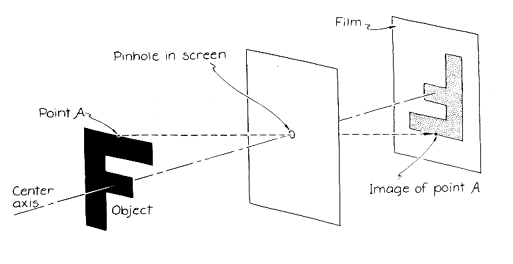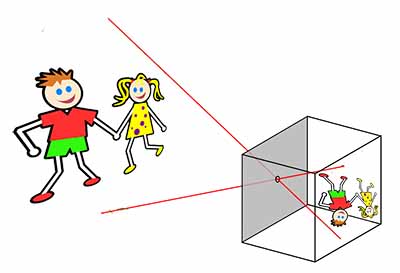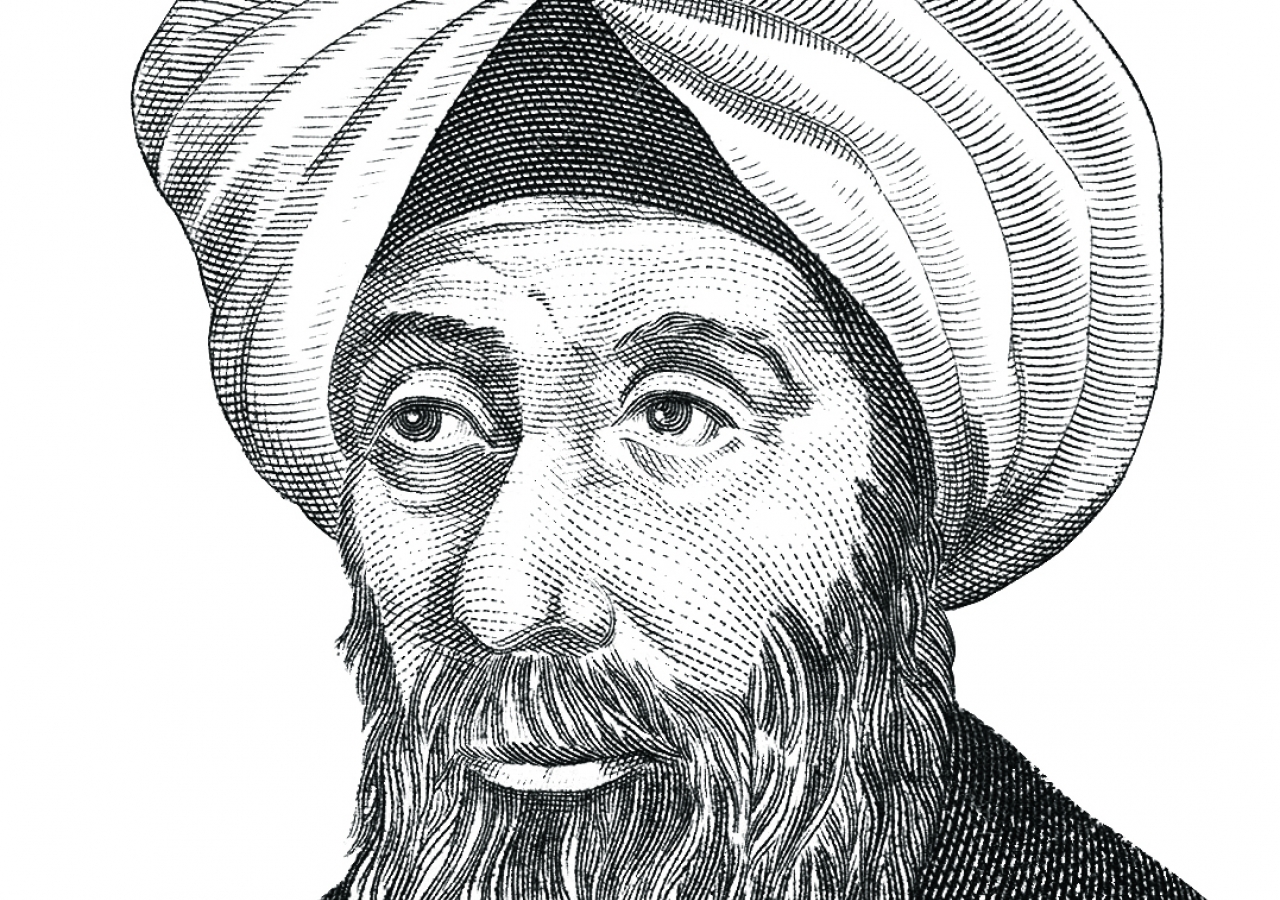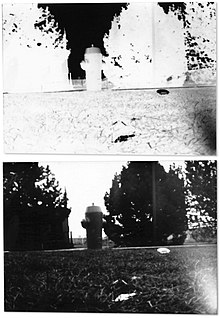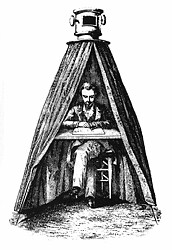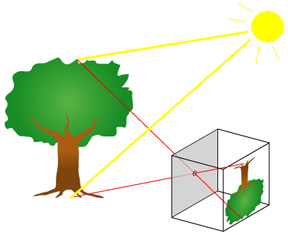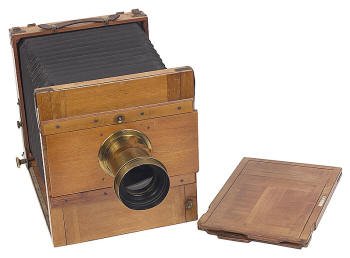The concept of the pinhole camera, also known as the camera obscura, predates the invention of photography. It is believed to have been used as far back as the 4th or 5th century BCE by the Chinese philosopher Mozi, who described using a pinhole to project an image onto a screen. The Greek philosopher Aristotle also mentioned the use of a pinhole to project an image in his writings.
The first recorded use of a pinhole camera for the purpose of creating a permanent image was by the Arab scientist Ibn al-Haytham, also known as Alhazen, in the 11th century. Alhazen described the use of a darkened room with a small hole in one wall, through which light would pass and project an inverted image onto the opposite wall. He used this device to study the science of vision and the properties of light.
However, it wasn't until the 15th century that the concept of the pinhole camera was developed into a practical device for creating permanent images. The Italian artist and inventor Leonardo da Vinci is credited with making the first detailed drawing of a pinhole camera in his notebooks. The drawing, which was rediscovered in the 1950s, depicted a portable box with a pinhole on one side and a piece of paper on the other, which could be used to record the image projected through the hole.
The pinhole camera became more widely known in the 17th century, when it was used by scientists and artists to study optics and create images. The English scientist Robert Hooke used a pinhole camera to study the properties of light and color, and the German artist Johann Zahn built a portable pinhole camera that could be used to record landscapes and other scenes.
In the 19th century, the invention of photography revolutionized the field of image-making and the pinhole camera fell out of use. However, it continues to be used by artists and photographers as a simple and effective way to create images, and has undergone a resurgence in popularity in recent years.
In summary, the concept of the pinhole camera has a long and varied history, with early uses dating back to ancient China and Greece. However, it was the work of Alhazen, Leonardo da Vinci, and other scientists and artists in the 15th to 17th centuries that led to the development of the pinhole camera as a practical device for creating permanent images.
